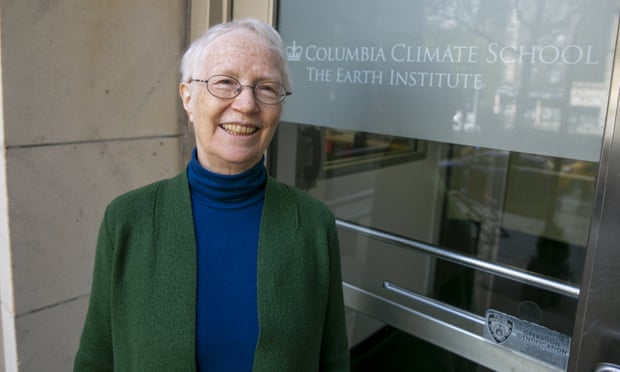
The concept of space-based solar power (SBSP) has been around for over five decades, but it’s only now that scientists have achieved a major milestone in its development. In June 2023, scientists at the California Institute of Technology successfully transmitted solar power to Earth from space using a prototype spacecraft called Maple. This breakthrough could pave the way for energy to be sent to remote regions and areas affected by war or natural disasters where access to electricity is limited.
The idea of space-based solar power involves capturing the energy produced by the sun in space and transmitting it wirelessly to Earth using microwaves. The technology required to achieve this is complex, but the potential benefits are enormous. Since the sun shines 24 hours a day in space, space-based solar power would provide a constant source of renewable energy that’s not affected by weather conditions or time of day. It could also be used to power space missions and settlements.
The first engineering design for a solar power satellite was produced by Czech-born NASA engineer Peter Glaser in 1968 and published that year in the journal Science. Since then, there have been several attempts to develop the technology required for SBSP, but progress has been slow due to the high costs involved and technical challenges. However, recent advances in space technology and wireless power transmission have renewed interest in space-based solar power as a viable source of clean energy.
The Maple spacecraft launched into orbit in January 2023 was designed to test the technology required for SBSP. It consisted of two parts: a solar panel that captured sunlight and converted it into electricity, and a microwave transmitter that beamed the energy to a receiving station on Earth. The power was transmitted wirelessly over a distance of 1.2 miles, which may not seem like much, but it’s a significant achievement given the technical challenges involved.
One of the main challenges of space-based solar power is the need to transmit energy wirelessly over long distances without losing too much power. This is achieved using microwaves, which are similar to the waves used in microwave ovens but at a much higher frequency. Microwaves can travel through the atmosphere and are not affected by weather conditions, making them ideal for transmitting energy from space. However, they can also be dangerous if not properly contained, so safety measures need to be put in place.
Another challenge of Space-Based Solar Power is the cost involved in launching the necessary equipment into space. Solar panels and microwave transmitters are bulky and heavy, which makes launching them into space expensive. However, recent advances in space technology have made it possible to launch smaller and more efficient satellites at a lower cost. This could make SBSP more economically viable in the future.
The potential benefits of SBSP are numerous. Since it provides a constant source of renewable energy, it could help reduce our dependence on fossil fuels and reduce greenhouse gas emissions. It could also be used to power remote regions and areas affected by war or natural disasters where access to electricity is limited. In addition, it could be used to power space missions and settlements, making long-term space exploration more feasible.
However, there are also concerns about the potential drawbacks of SBSP. One concern is the environmental impact of launching large numbers of satellites into space. Space debris is already a major problem, and adding more satellites could exacerbate the problem. Another concern is the potential health risks of wireless energy transmission. Although microwaves are generally safe, there’s still some uncertainty about their long-term effects on human health.
Despite these concerns, the successful transmission of solar power from space to Earth using Maple is a major achievement that could pave the way for more research into SBSP and its development into a viable large-scale energy source. The next step is to scale up the technology and test it over longer distances.
While there are still challenges to overcome, the potential benefits of SBSP are enormous and could play a critical role in our transition to a low-carbon future.
Source Happy Eco News



